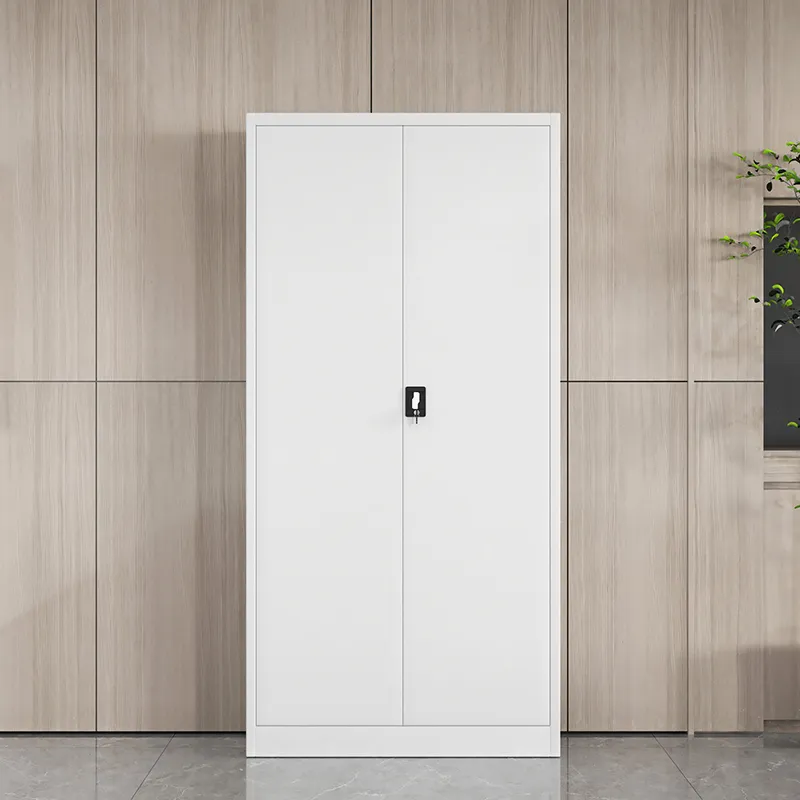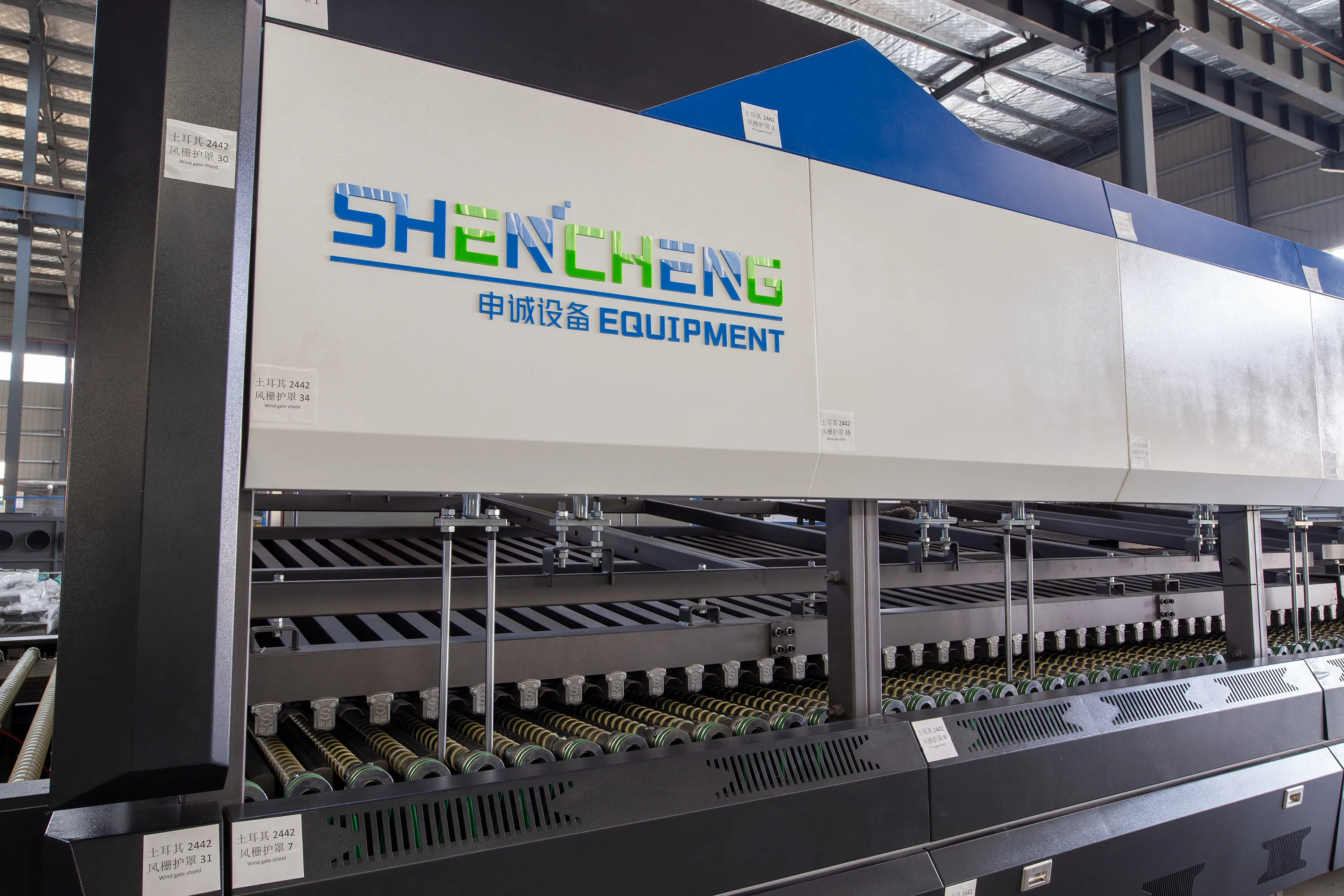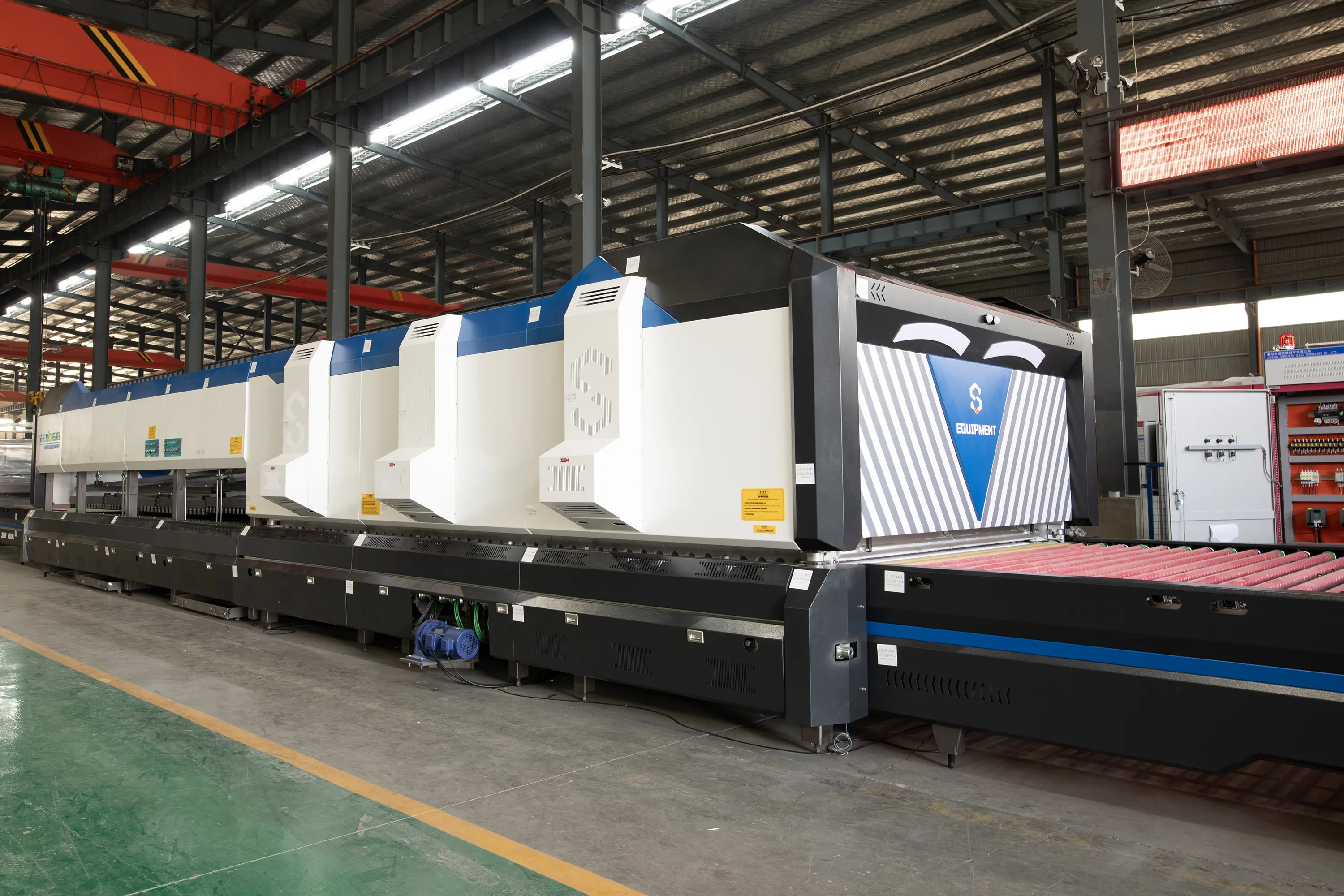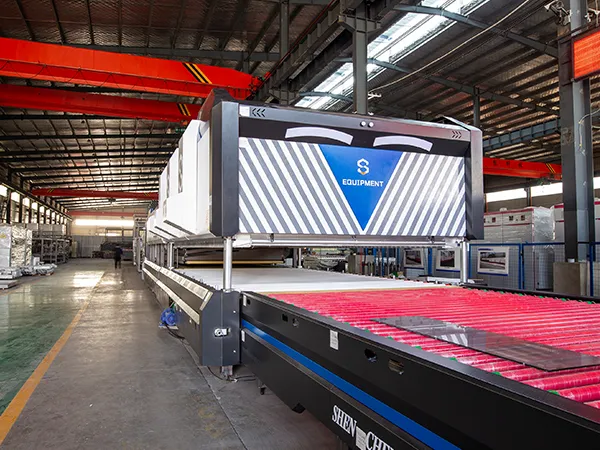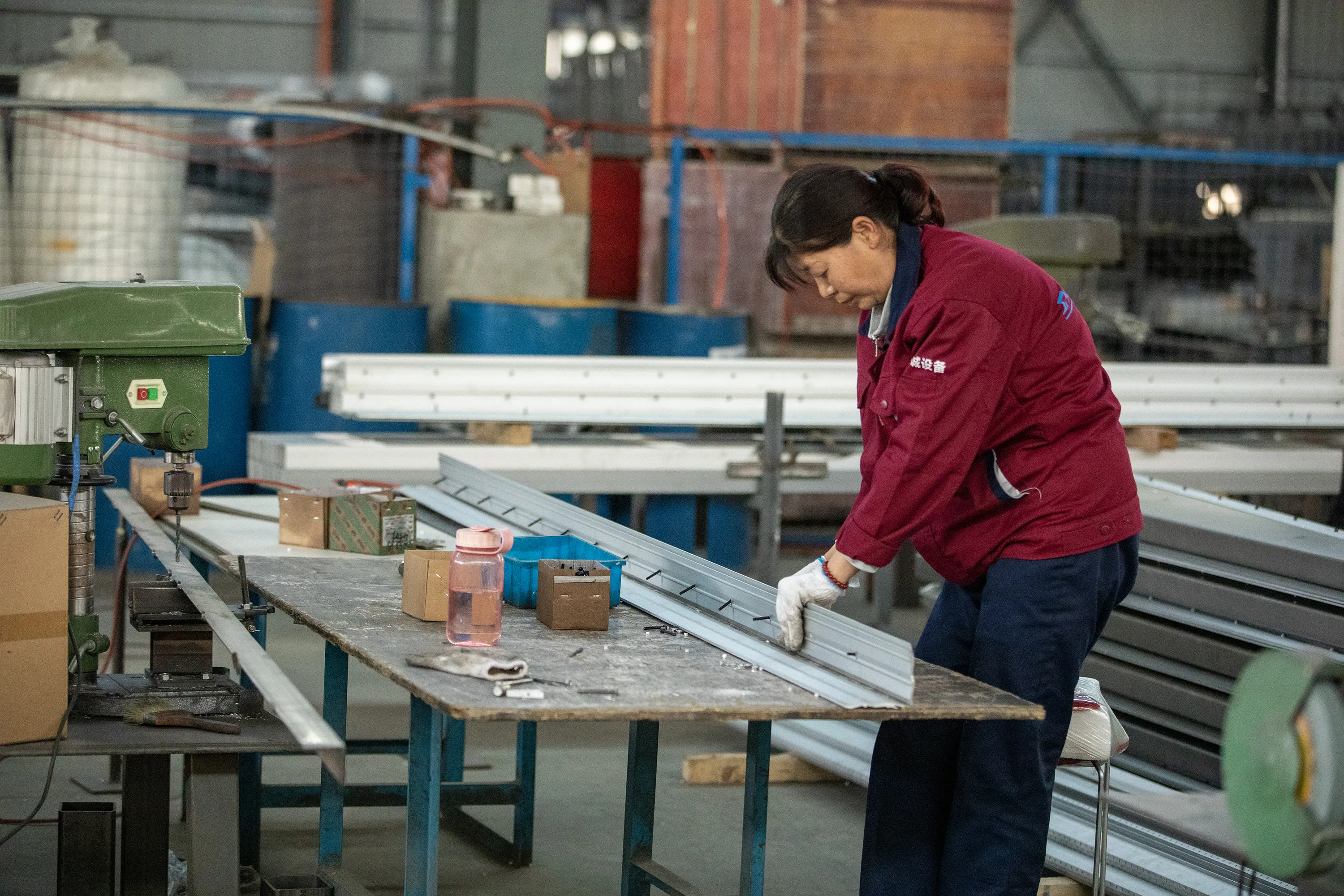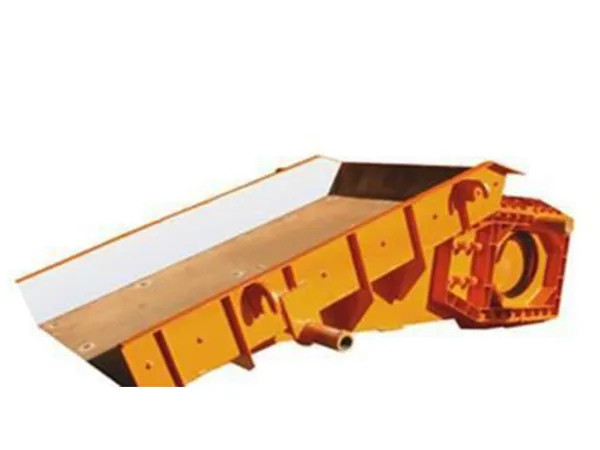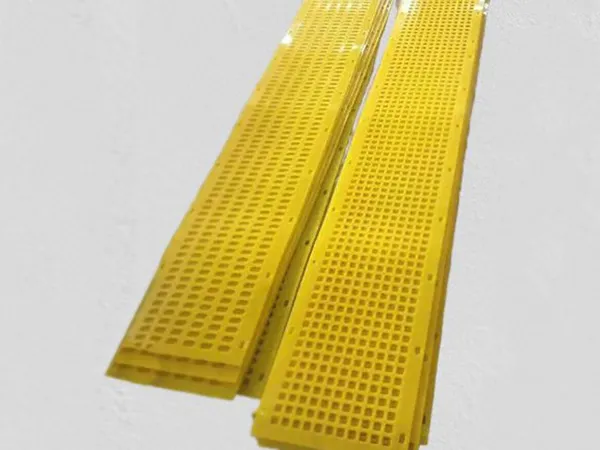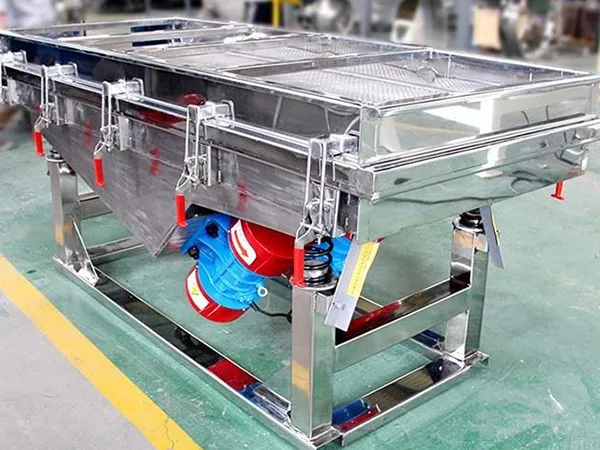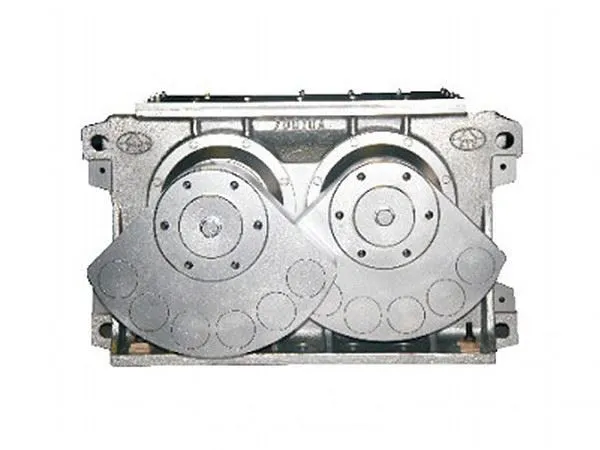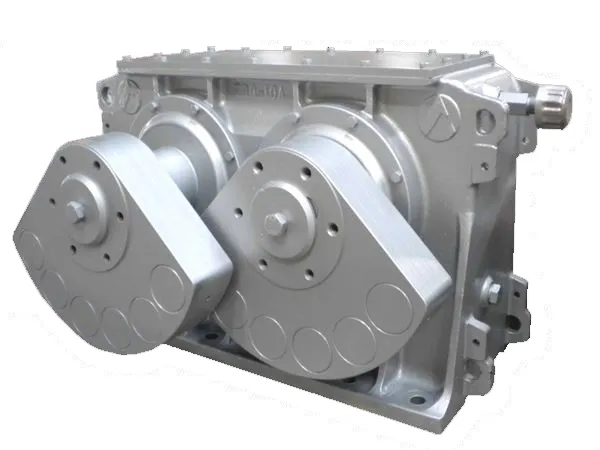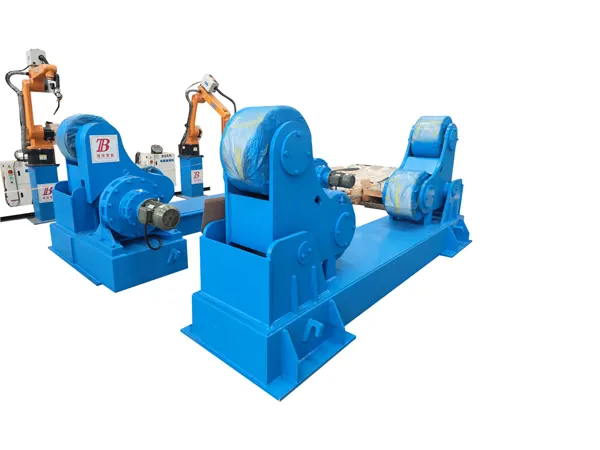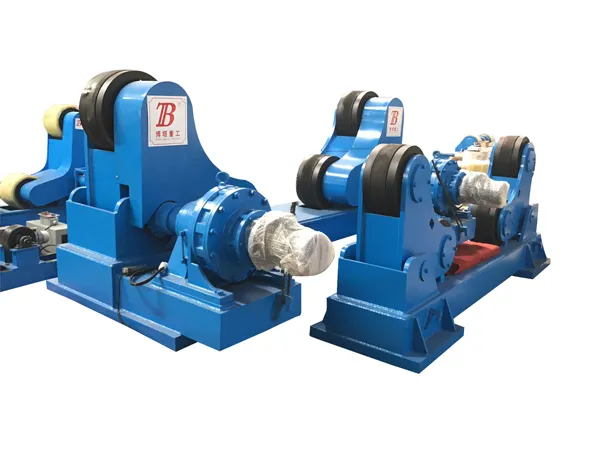http://www.ls-casting-mold.com/wp-content/uploads/2018/12/lslogo-300x138.png
0
0
lsmojv
http://www.ls-casting-mold.com/wp-content/uploads/2018/12/lslogo-300x138.png
lsmojv2024-07-27 09:55:432024-07-27 09:55:43What are the dimensions and specifications of steel instrument cabinets?
https://www.ls-casting-mold.com/wp-content/uploads/2024/04/4.jpg
450
600
lsmojv
http://www.ls-casting-mold.com/wp-content/uploads/2018/12/lslogo-300x138.png
lsmojv2024-07-27 09:46:422024-07-27 09:46:42What is the correct use of tempering furnace convection?
https://www.ls-casting-mold.com/wp-content/uploads/2024/04/4.jpg
450
600
lsmojv
http://www.ls-casting-mold.com/wp-content/uploads/2018/12/lslogo-300x138.png
lsmojv2024-07-27 09:33:322024-07-27 09:37:05Glass Tempering Furnace Guide: Working Principle, Applications, Tempered Glass Types
https://www.ls-casting-mold.com/wp-content/uploads/2024/04/4.jpg
450
600
lsmojv
http://www.ls-casting-mold.com/wp-content/uploads/2018/12/lslogo-300x138.png
lsmojv2024-07-27 09:25:392024-07-27 09:25:46What is the price of glass tempering furnace and what are the factors affecting the price?
https://www.ls-casting-mold.com/wp-content/uploads/2024/04/4.jpg
450
600
lsmojv
http://www.ls-casting-mold.com/wp-content/uploads/2018/12/lslogo-300x138.png
lsmojv2024-07-26 16:26:122024-07-26 16:26:12What is the glass tempering furnace process?
https://www.ls-casting-mold.com/wp-content/uploads/2024/05/46.jpg
450
600
lsmojv
http://www.ls-casting-mold.com/wp-content/uploads/2018/12/lslogo-300x138.png
lsmojv2024-07-26 16:03:042024-07-26 16:03:04How to calculate the design of vibrating feeder
https://www.ls-casting-mold.com/wp-content/uploads/2024/07/3.jpg
450
600
lsmojv
http://www.ls-casting-mold.com/wp-content/uploads/2018/12/lslogo-300x138.png
lsmojv2024-07-26 15:55:552024-07-26 15:55:55What are the installation methods of vibrating screen mesh?
https://www.ls-casting-mold.com/wp-content/uploads/2024/04/20.jpg
450
600
lsmojv
http://www.ls-casting-mold.com/wp-content/uploads/2018/12/lslogo-300x138.png
lsmojv2024-07-26 15:48:102024-07-26 15:48:34What are the application areas of vibrating screen?
https://www.ls-casting-mold.com/wp-content/uploads/2023/08/BE3200.jpg
450
600
lsmojv
http://www.ls-casting-mold.com/wp-content/uploads/2018/12/lslogo-300x138.png
lsmojv2024-07-26 15:40:572024-07-26 15:40:57How to maintain the vibrating screen exciter
https://www.ls-casting-mold.com/wp-content/uploads/2023/11/1.jpg
450
600
lsmojv
http://www.ls-casting-mold.com/wp-content/uploads/2018/12/lslogo-300x138.png
lsmojv2024-07-26 15:25:142024-07-26 15:25:14Welding Rotator Operating Instructions
Scroll to top
